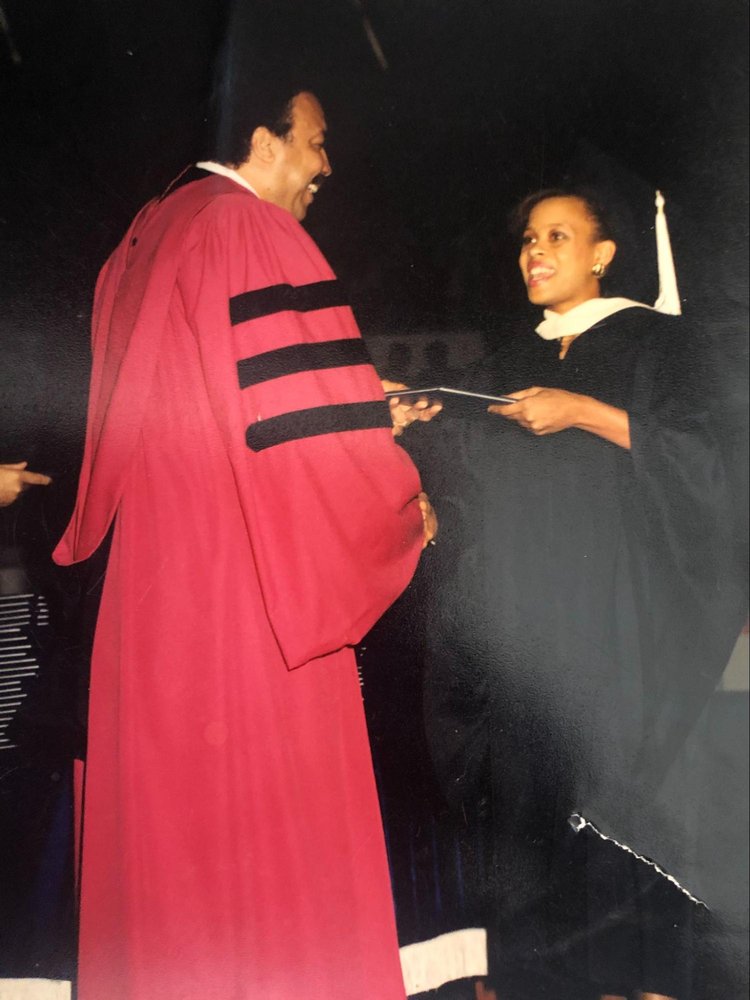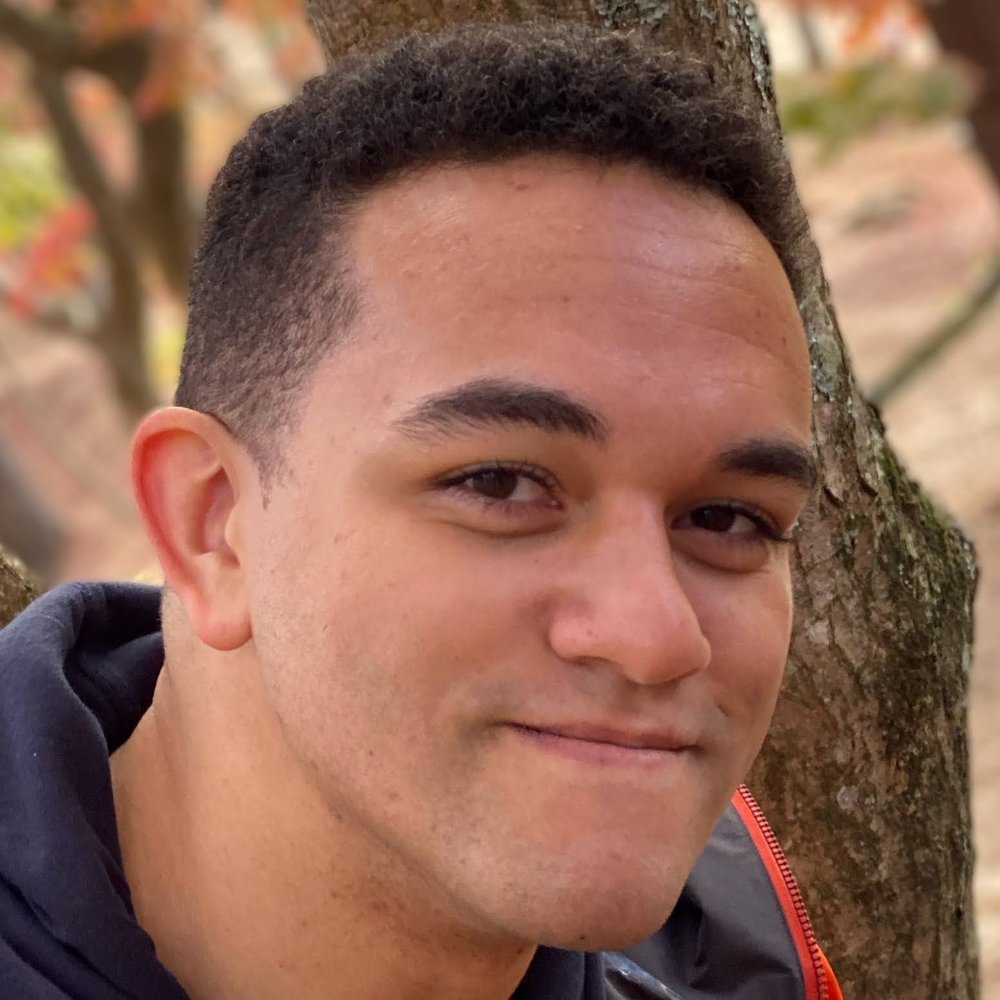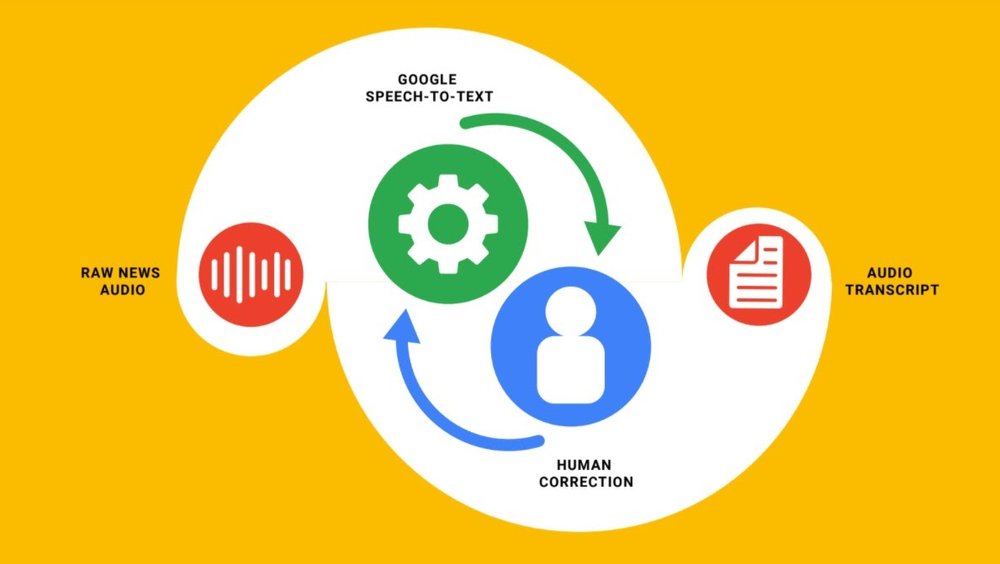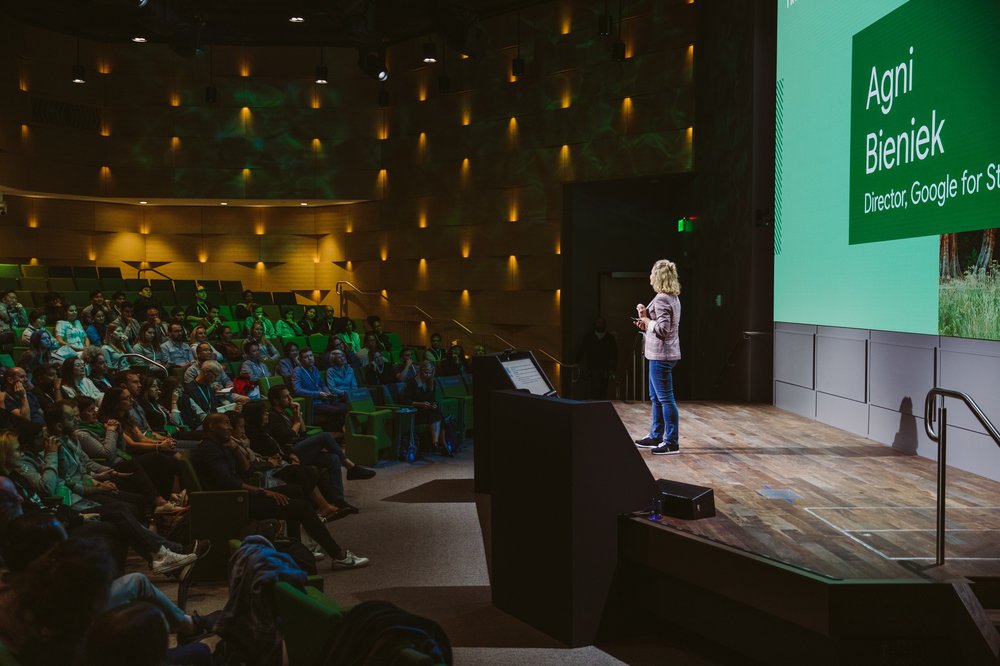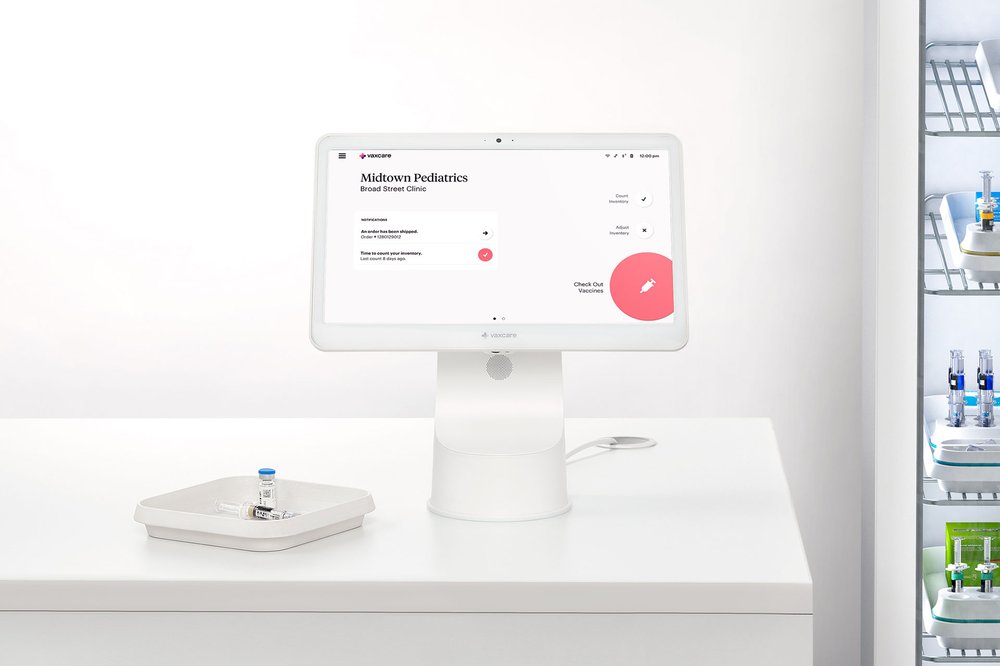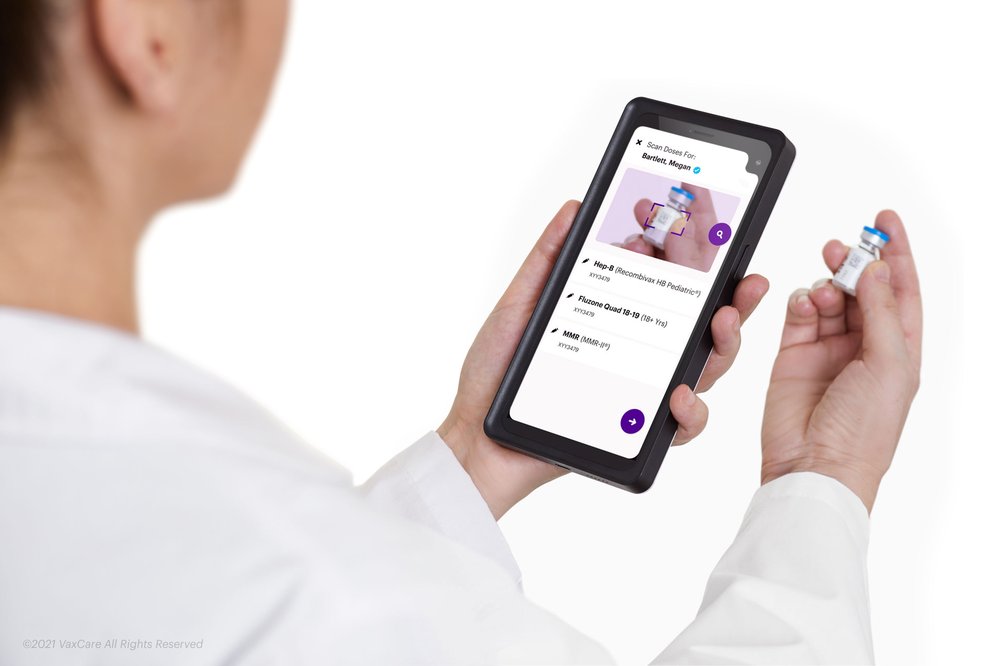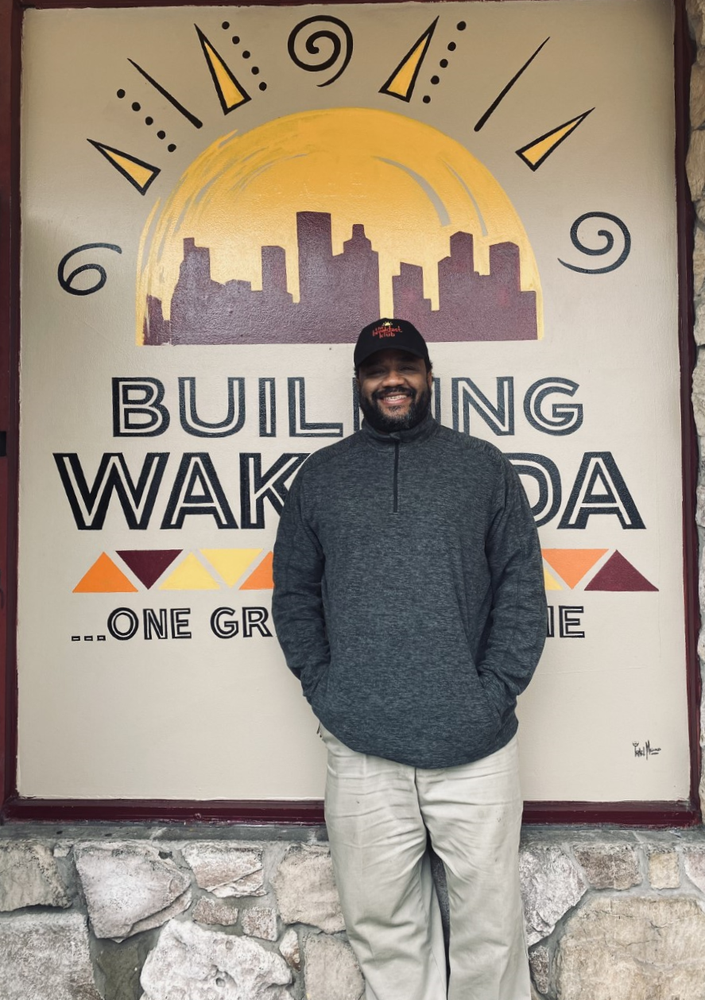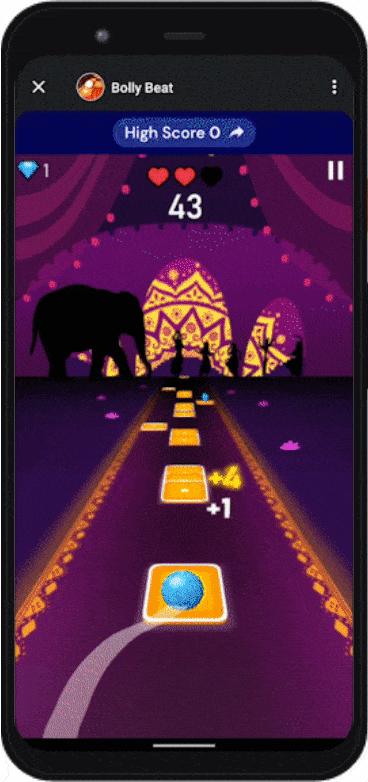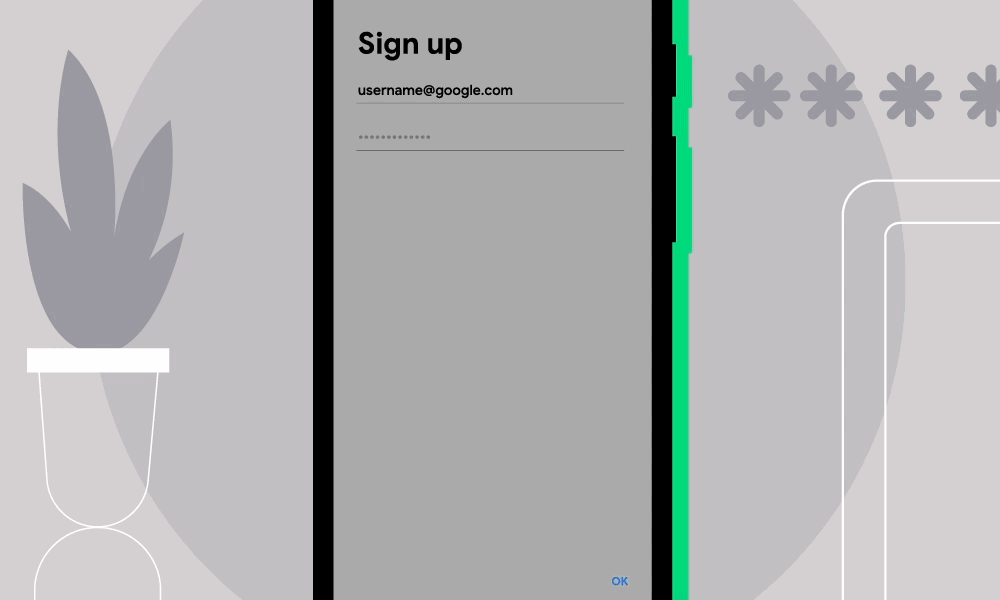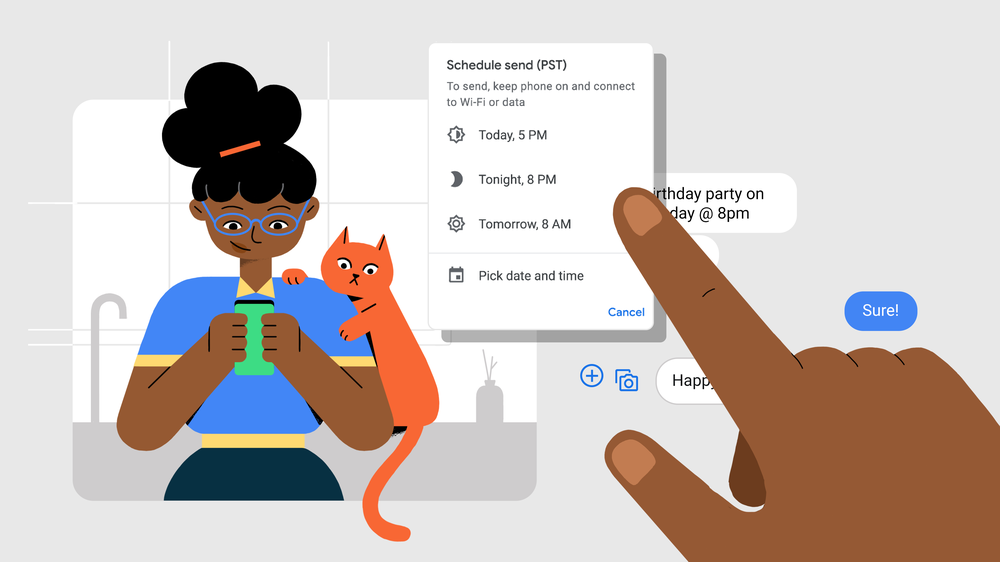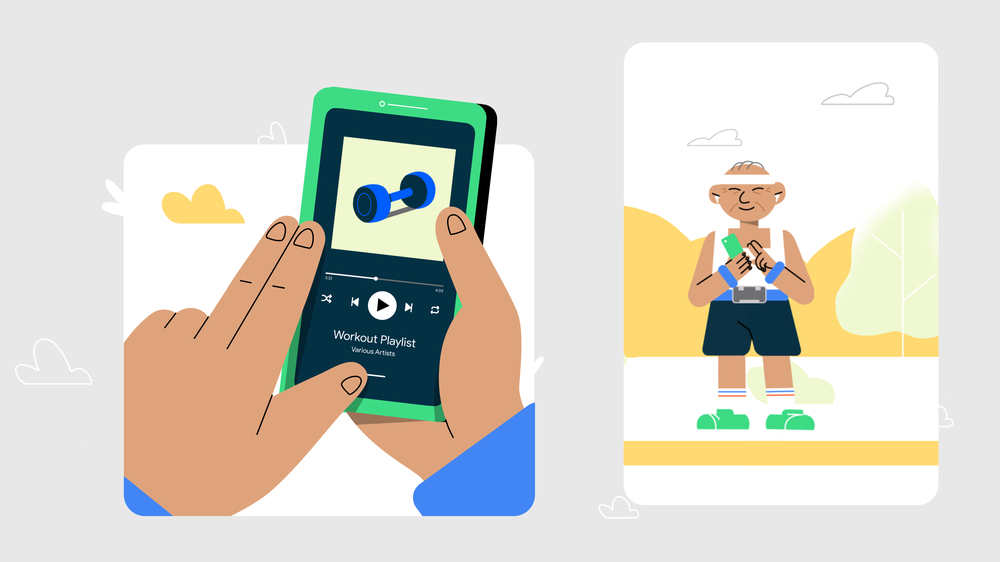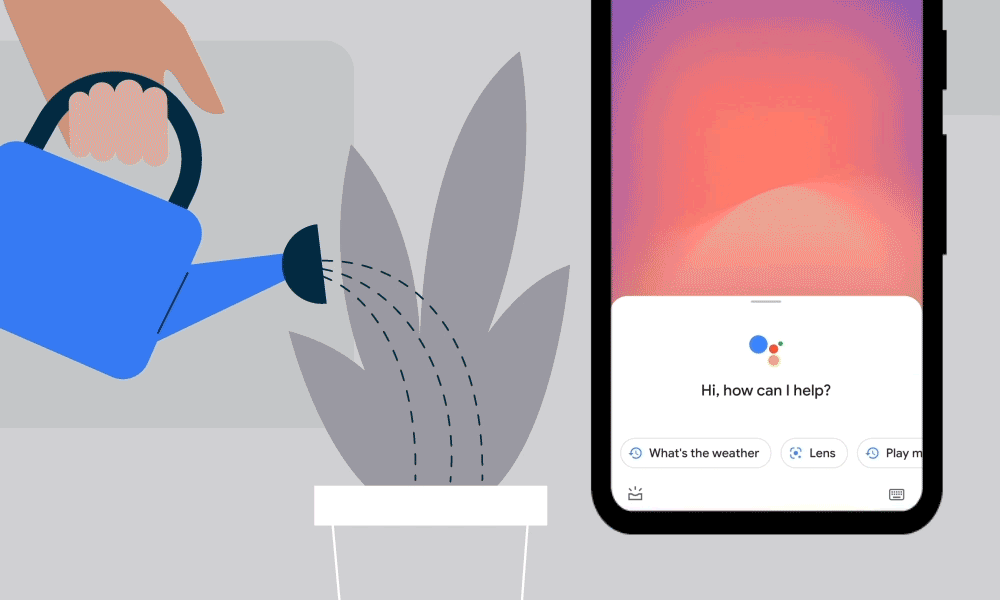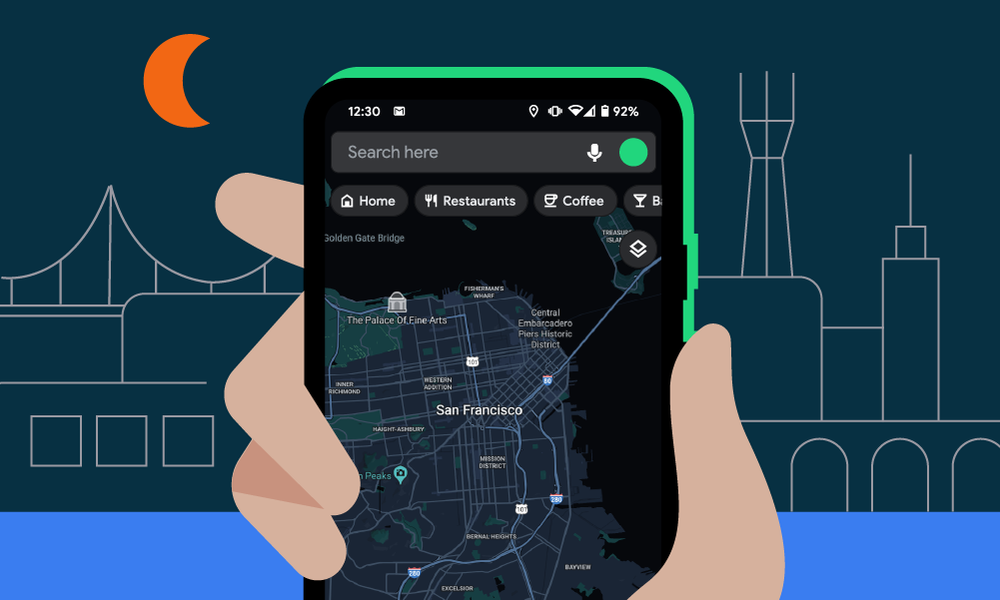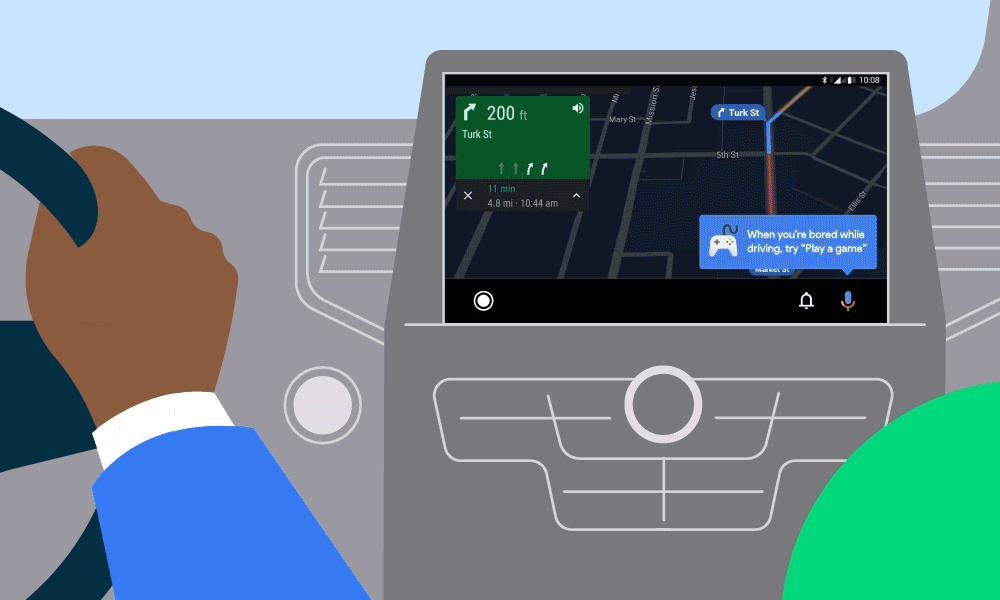In this post: Rich Jones, who works in people operations at Google, is the host of a personal finance podcast called "Paychecks & Balances." He hopes his show can help people learn from his mistakes — and now he's helping others start podcasts, too.
Several years ago, Rich Jones was on the hunt for personal finance podcasts. But none were right for him. “It felt like every podcast that I listened to either made me feel dumb, or made me feel like I was being lectured by an old white guy in a suit,” he says. “Or it just was really boring.” So he decided to create his own.
These days, his podcast, “Paychecks & Balances,” has been downloaded more than two million times and recently won an award from the Plutus Foundation, which highlights excellence in financial media. He often records episodes from his Mountain View home in the early-morning hours, then logs on for his job working in People Operations at Google.
For years, Rich has turned to the internet to express himself. But even though his name is, well, Rich, he didn’t first think of money as a topic to talk about. In fact, he had first blogged about relationships for several years, and then co-hosted a podcast called “2 Guys, 1 Show,” that was about more general topics, including money.
Rich realized that if he felt lectured by finance podcasters, other people like him — and possibly younger people learning about money for the first time — likely felt the same way. So he and his co-host decided to focus on finances and rename the podcast “Paychecks & Balances.” They wanted to reach out to younger versions of themselves — and Rich also wanted to represent people like him as well as reach them. “Even now, you won’t find a whole lot of Black men in the personal finance space in particular,” he says. “I think it’s important to be out there as a Black male and show a perspective that you might not be getting elsewhere.”
For the current season of the show, Rich is hosting the show solo, and he’s continuing to share his own financial progress while also teaching others. When he started the show, he was grappling with credit-card debt after treating his cards like “free money.” Because of his experience, he knows to talk about money in a way that’s relatable and simple, for people just starting to manage their finances. “I don’t call myself an expert,” he says. “Podcasting is a medium for me to talk about my experience. And not just my successes, but the mistakes I’ve made along the way as well.”
It felt like every podcast that I listened to either made me feel dumb, or made me feel like I was being lectured by an old white guy in a suit.
Rich is constantly surprised that he keeps getting the same questions over and over — like how to balance a budget, or why not to sign up for a credit card in exchange for a free T-shirt. And over the past year, he’s seen friends fall prey to get-rich-quick scams and even try to sign him up. Rich says this is a symptom of a lack of financial education. “The interesting problem to me is: How do we close that gap where this information feels accessible to everyone, and people are accessing that information a lot sooner?” he says.
With the growth of his podcast, Rich says people have come to him asking for advice on starting their own podcasts. So this month he launched a YouTube page, The Show Starter, which breaks down advice for people who might not have a technical audio background. “It’ll be a combination of tutorials, reviews and some motivational content, but not the cheesy, corny kind,” he says. “It’s very similar to the approach I take with personal finance topics, where I try to simplify things as much as possible and take out the jargon.” He hopes to one day expand his work into a multimedia company, with multiple brands under the “Paychecks & Balances” umbrella.
Rich says both his podcast and his YouTube channel have the same goal: helping others. “While the podcast is about money, for me this has never been about the money,” Rich says. “I love seeing people achieve freedom in their lives, whatever that means for them. I think continuing to focus on that is what has kept people along for the ride.”
by Megan FriedmanThe Keyword via The Keyword

